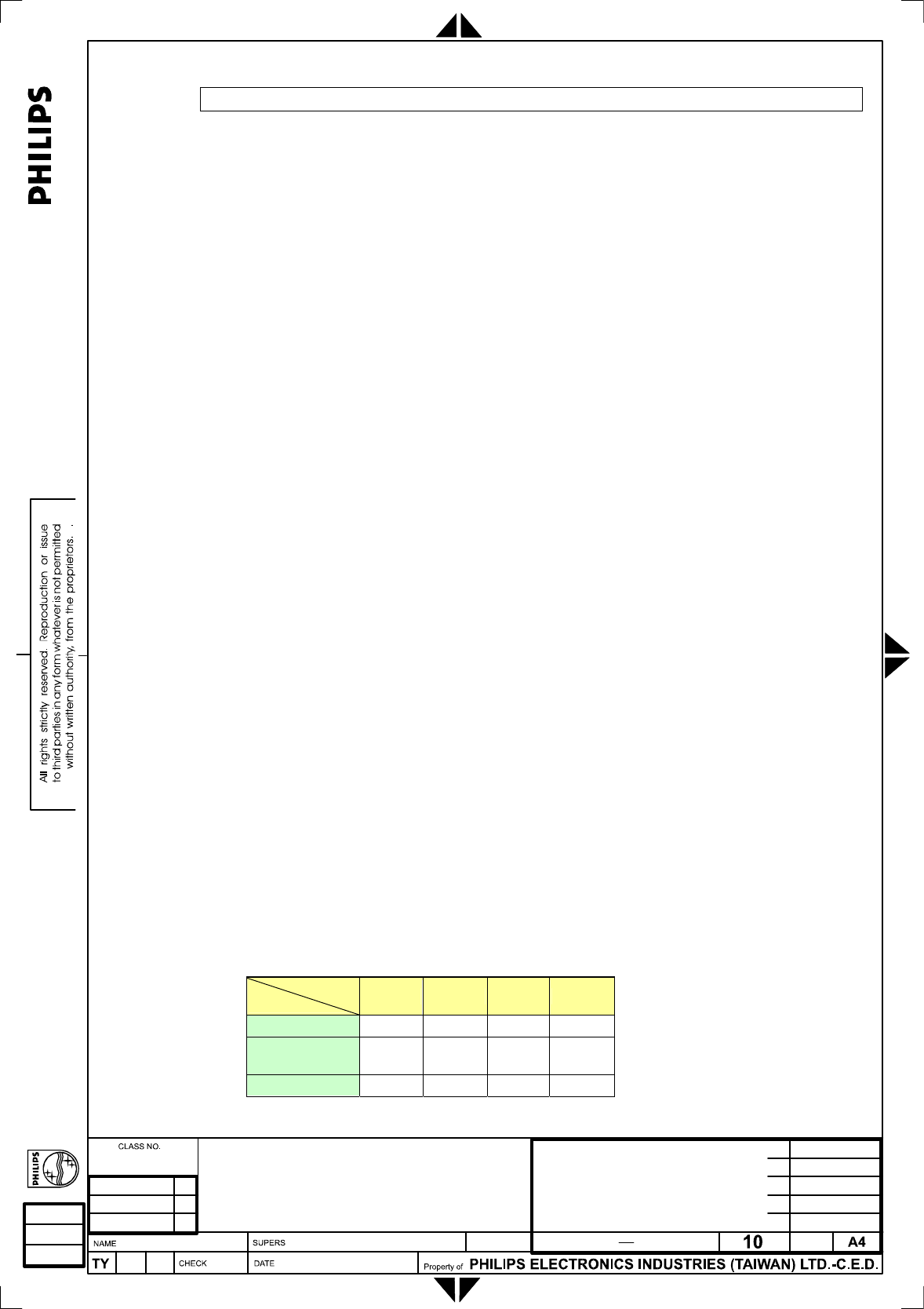
<Ack Flag> <Address> <Group> <Command> <Data1> <Data2>...<DataN> <Stop>
where:
<Ack> = The ASCII character [06h], to tell the transmitter that the command has
been acknowledged.
<Nack> = The ASCII characters [15h], to tell the transmitter that the command
has not been acknowledged, because the command itself is not valid
for any reason.
<Ack Flag> = <Esc> <%>, i.e. ASCII characters [1Bh] and [25h].
<Address> = 3 ASCII characters each of which ranging from [30h] to [39h], which are
used as monitor address.
<Group> = An ASCII character which identifies the command type, i.e. the same
identifier of the general command sequence that is being
acknowledged.
<Command> = Two ASCII characters (ranging from [30h] to [39h], i.e. digits <0> to
<9>, and from [41h] to [5Ah]), i.e. letters <A> to <Z>), defining the
command, i.e. the same identifier of the general command sequence
that is being acknowledged.
<Data1>... = Two ASCII characters (ranging from [30h] to [39h], i.e. digits <0> to
<9>, and from [41h] to [46h]), i.e. letters <A> to <F>), representing the
hex value of the data, or one ASCII characters when data are text
strings.
<Stop> = <;>, i.e. the ASCII character [3Bh].
3.3 Available Commands
Note:
1. Write commands may become a request for the current value when only <Data1>
= <?> (i.e. [3Fh]) is sent.
2. A character <X> means a “don’t care” value in this section.
3. There is an availability table attached to each command. See the following table.
(1) Each gray shaded cell in the table means the source is not available for the
corresponding model.
(2) A dot, ‘
•
‘, means the command is available for the corresponding source and
model. For instance, the command is available in EXT input, PAL model.
Model
Source
PAL NTSC
AP
CHINA
PC ANALOG
PC DIGITAL
(DVI)
HDCP
2838 100 05424
[
NAME
]
Philips
10
140
23





















